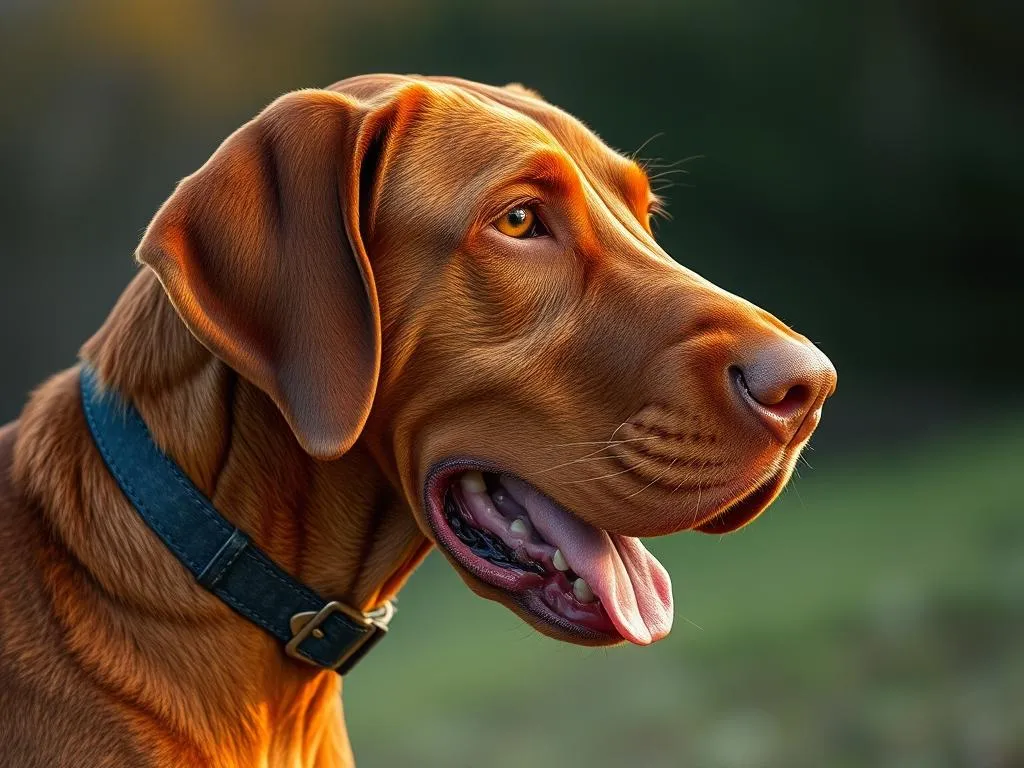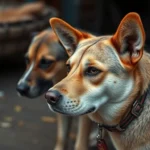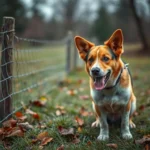
Vizslas are a beloved breed known for their friendly nature, athleticism, and stunning appearance. With their sleek, short coats and expressive eyes, it’s no wonder many dog lovers are drawn to them. However, if you’re considering bringing a Vizsla into your home, you might be wondering, do Vizslas shed a lot? Understanding the shedding habits of this breed is essential for responsible dog ownership.
Understanding Vizslas
Breed Overview
The Vizsla is a breed that hails from Hungary, where they were historically used as hunting dogs. This breed is known for its incredible sense of smell and stamina, making them excellent companions for outdoor activities. Vizslas are medium-sized dogs, typically weighing between 45 to 65 pounds, with a distinctive golden-rust coat that is both beautiful and functional.
In terms of temperament, Vizslas are known for being affectionate, intelligent, and energetic. They thrive on human interaction and are often referred to as “velcro dogs” due to their tendency to stick close to their owners. Their friendly disposition makes them great family pets, but they do require ample exercise and mental stimulation to keep them happy.
Common Health Concerns
Like all breeds, Vizslas are prone to certain health issues that may relate to shedding. Common concerns include skin allergies, hip dysplasia, and certain types of cancer. Skin conditions, in particular, can lead to excessive shedding, so it’s vital to monitor your dog’s health regularly. A well-cared-for Vizsla will not only shed less but will also be happier and healthier overall.
Shedding in Dogs
What is Shedding?
Shedding is a natural process in which dogs lose old or damaged hair to make way for new growth. This cycle can vary significantly between breeds and is influenced by several factors, including season, health, and diet. Some dogs shed minimally, while others may shed copiously throughout the year.
Several factors can influence a dog’s shedding patterns:
- Season: Many dogs experience heavier shedding during the spring and fall as they transition between their winter and summer coats.
- Health: Poor health, skin allergies, or other medical conditions can lead to excessive shedding.
- Diet: A well-balanced diet rich in essential nutrients can promote a healthy coat and minimize shedding.
Shedding vs. Seasonal Changes
Understanding the difference between general shedding and seasonal changes is crucial for dog owners. While all dogs shed continuously to some extent, many breeds, including Vizslas, experience increased shedding during specific times of the year.
Heavy shedding periods typically occur in the spring and fall, known as “blowing coat.” During these times, dogs may lose more fur as they prepare for temperature changes. It’s essential to recognize these patterns to manage shedding effectively.
Do Vizslas Shed a Lot?
Shedding Frequency and Amount
So, do Vizslas shed a lot? In general, Vizslas are considered light to moderate shedders. Their short coats do not require extensive grooming, which can be a relief for many owners. While they do shed year-round, it’s usually manageable with regular grooming and care.
When compared to heavy shedders like Labradors or German Shepherds, Vizslas shed significantly less. However, it’s important to note that individual dogs may vary, and some may shed more than others based on health and environmental factors.
Factors Affecting Shedding in Vizslas
Several factors can influence how much a Vizsla sheds:
- Diet: A nutritious diet rich in Omega-3 fatty acids can improve coat health and reduce shedding.
- Exercise and Health: Regular exercise can keep your Vizsla healthy and reduce stress, which may help control shedding.
- Grooming and Skin Care: Regular grooming can remove loose fur and help maintain skin health, reducing overall shedding.
Grooming and Care Tips for Vizslas
Regular Grooming Practices
To keep shedding under control, regular grooming is key. Here are some recommended grooming tools:
- Rubber Bristle Brush: Great for removing loose hair and dirt.
- Slicker Brush: Excellent for detangling and reaching deeper into the coat.
- De-shedding Tool: Useful for removing undercoat fur during heavy shedding periods.
A good rule of thumb is to groom your Vizsla at least once a week. During shedding seasons, consider increasing grooming sessions to two to three times a week.
Bathing and Skin Care
Bathing your Vizsla can help minimize shedding but should be done with caution. Overbathing can strip the natural oils from your dog’s skin, leading to dryness and increased shedding. Here are some guidelines:
- Frequency: Bathe your Vizsla every 6 to 8 weeks, or as needed.
- Shampoo: Use a gentle, dog-specific shampoo to maintain coat health.
- Conditioning: Consider using a conditioner formulated for dogs to help retain moisture in the skin.
Dietary Considerations
A balanced diet is crucial for maintaining a healthy coat and minimizing shedding. Here are some dietary considerations:
- High-quality dog food: Look for food with high protein content and essential fatty acids.
- Omega-3 and Omega-6 fatty acids: These can promote skin health and reduce shedding.
- Supplements: Talk to your vet about adding fish oil or other supplements that may help improve coat condition.
Managing Shedding in Your Home
Cleaning Strategies
Even with a Vizsla’s moderate shedding, it’s wise to have a plan in place for cleaning up dog hair. Here are some effective strategies:
- Vacuum Regularly: Invest in a powerful vacuum cleaner designed for pet hair.
- Lint Rollers: Keep a lint roller handy for quick cleanups on furniture and clothing.
- Washable Covers: Use washable throws or covers on furniture to help contain hair.
Creating a Pet-Friendly Environment
Creating a pet-friendly environment is essential for reducing allergens and pet dander in your home. Here are some tips:
- Air Filters: Use HEPA air filters to trap pet dander and allergens.
- Regular Cleaning Routines: Establish a cleaning schedule to keep your home free from pet hair.
- Designated Spaces: Create specific areas in your home where your Vizsla can rest and play, which can help contain shedding.
Conclusion
In summary, Vizslas are moderate shedders, making them a more manageable option for those concerned about dog hair in their homes. Understanding their shedding habits and implementing proper grooming, diet, and cleaning strategies can help mitigate any challenges.
Owning a Vizsla brings immense joy, companionship, and a vibrant energy that can enhance your lifestyle. While shedding is a consideration, the love and affection that these dogs provide far outweigh the challenges of dog hair. If you’re ready for an active and loving companion, a Vizsla may just be the perfect fit for you.
FAQs
Do Vizslas shed year-round?
Yes, Vizslas do shed year-round, but the amount may vary. They typically experience heavier shedding during seasonal changes.
How can I reduce my Vizsla’s shedding?
Regular grooming, a nutritious diet, and maintaining their overall health can help minimize shedding.
Are Vizslas hypoallergenic?
No, Vizslas are not considered hypoallergenic. They do shed, which can trigger allergies in sensitive individuals.
What age do Vizslas start shedding?
Puppies usually start shedding their baby coat around six months of age, and this process continues as they mature into adults.









